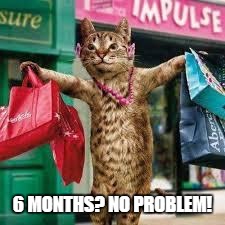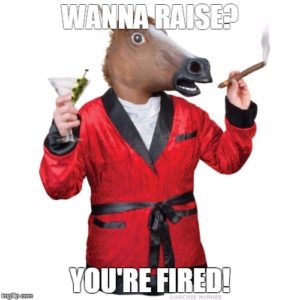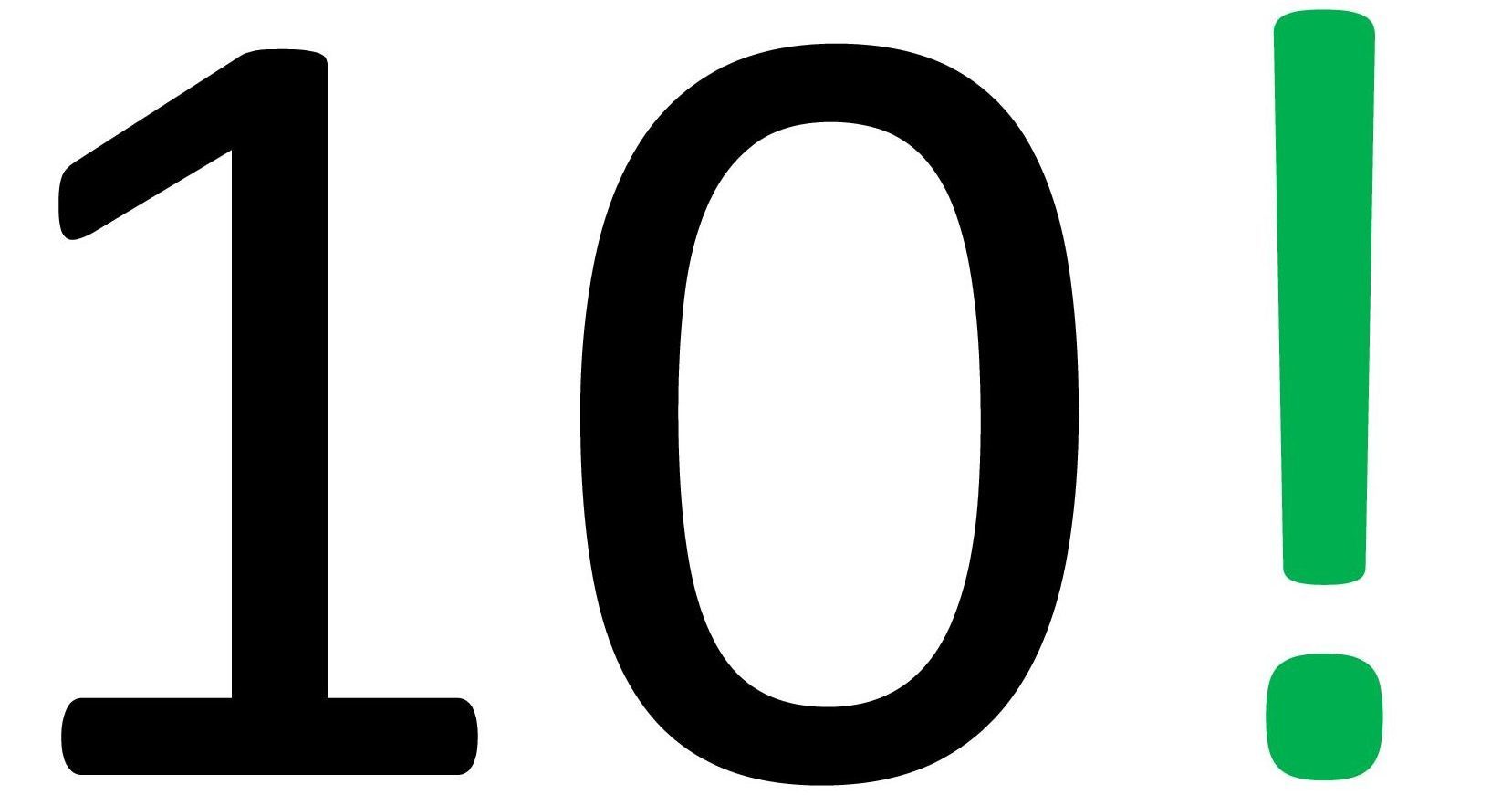Recovered from election fever yet? As I said before, we will be persistent and will progress forward no matter who gets elected. Can we get back to business and personal finance? Good.
Everybody wants money. Okay, maybe not these disciplined Buddhist monks going to their prayer hall. 
But even the slippers they wear cost money. So, either you want money or the things and experiences that cost you money. It would be nice if we all had money for doing nothing. That’s the idea behind the concept of Universal Basic Income. That’s not likely to happen anytime soon. But you can get money for almost nothing – well, M.O.N.E.Y. to be more precise, for the modern working professional. Huh, you ask?
M.O.N.E.Y. stands for Moderation Or Never Ending Yes.
Many people understandably dream about financial independence (FI). In the daily hustle, the dream manifests as a much more modest goal. How about saying No to your boss for a stupid project that adds no value to the company or to you, except to stroke the Boss’s ego? Because they don’t practice financial moderation in their own life, most people are always in a position of having to say “Yes, Boss” for anything that gets thrown at them. They are totally dependent on the job and they money it provides – it’s kind of like a rush. They are addicted to a ‘hit’ that gives them a high without fail on the first of every month (also called a paycheck).
What they don’t understand is that every time they forego the principles of moderation, they bind themselves to a life of never-ending yes’es at the workplace and in their relationships (especially, if their significant other makes more money). This is the balancing rope that you are walking on throughout life.
What is this moderation? It is not some extreme deprivation of giving up on daily necessities (including the latte, which is a necessity for me), and re-using dryer sheets that some frugalists do, though likely not safe. Moderation is about taking sensible decisions on frugality.
How do you put this into practice? Moderation is about asking the following questions every time you are faced with a significant spending decision. How do you define significant? The definitions can vary but I will share what we use in the TFR household. Whenever a spending decision represents – on an annualized basis – 1% or more of your living expenses (not income), it is significant. So, if you spend $40,000 a year, then a $400+ one-time purchase or a $33+ monthly spend ($400+ annual spend) become a significant spending decision. These simple questions may appear trite but once this gets into your system, it will become second nature.
 Is this purchase going to make me happy 48 days from now?
Is this purchase going to make me happy 48 days from now?
This applies to impulse purchases and other items that tempt you at the store or something you liked in your friend’s home. Why 48 days? Nothing magical, except that it is sufficiently longer than a month to wear off most of the charm of a purchase. One psychologist told me that it takes about that long at the most for a new material purchase to become ‘normal’ in your thinking. Some purchases wear off much sooner but this is a key threshold for any significant purchase. Your ability to visualize your own happiness at a future date is a skill you will develop by asking this question. This is the opposite of instant gratification that modern consumer world bombards you with.
Is this purchase going to solve a problem that I have suffered for at least 6 months?
This is a question hardly anyone asks. Spending money to solve a problem can be a worthwhile if the problem is real, persistent and there are no equivalent alternatives. If you want to look professional at work, buying a decent outfit and getting yourself groomed to the point of ‘enough’ is necessary. Your need to appear professional will be the same on the first day of your job and even 6 months later. Why 6 months? That’s a sufficiently long time for you to come up with zero cost or lower cost alternatives and to test whether those options are sustainable for you.
 If the problem has the same intensity now as it did 6 months ago, and there are no lower cost sustainable options, then it is worth solving it with the original purchase. This question and answer come from the inversion of the concept of delayed gratification. It is a whole more effective than simply asking What am I gaining by buying this now?
If the problem has the same intensity now as it did 6 months ago, and there are no lower cost sustainable options, then it is worth solving it with the original purchase. This question and answer come from the inversion of the concept of delayed gratification. It is a whole more effective than simply asking What am I gaining by buying this now?
Is this purchase costing $X per month worth saying YES to my boss for Y years (Y = 300*X/Annual savings)?
This part is not obvious to many, but especially important to those who want to retire early. If you want to buy a subscription or a new service for $25 a month, then you need to apply this type of analysis to determine its worth to you. Imagine you save $10,000 a year on $60,000 salary, then the question becomes, Are you prepared to suck-up to your Boss for 9 more months just to pay for this single purchase?
The math: 300*25 / 10,000 = 7500/10,000 = 0.75 years = 9 months.
 It will take 9 months for you to have enough financial assets to sustainably pay for this new service for a long time. Suddenly, the $25 monthly service doesn’t appear so cheap, does it?
It will take 9 months for you to have enough financial assets to sustainably pay for this new service for a long time. Suddenly, the $25 monthly service doesn’t appear so cheap, does it?
That’s it. These are the three critical questions. It costs you nothing to ask these questions of yourself every time you are faced with a purchase decision. Practice answering these questions honestly and you get one other important benefit as well. This allows you to build stealth wealth, which has its own advantages.
Keep M.O.N.E.Y. in mind and then, the real money and your financial independence will follow.
Safe journey, my 10! friends.
Raman Venkatesh is the founder of Ten Factorial Rocks. Raman is a ‘Gen X’ corporate executive in his mid 40’s. In addition to having a Ph.D. in engineering, he has worked in almost all continents of the world. Ten Factorial Rocks (TFR) was created to chronicle his journey towards retirement while sharing his views on the absurdities and pitfalls along the way. The name was taken from the mathematical function 10! (ten factorial) which is equal to 10 x 9 x 8 x 7 x 6 x 5 x 4 x 3 x 2 x 1 = 3,628,800.


10 comments on “M.O.N.E.Y. for Nothing”